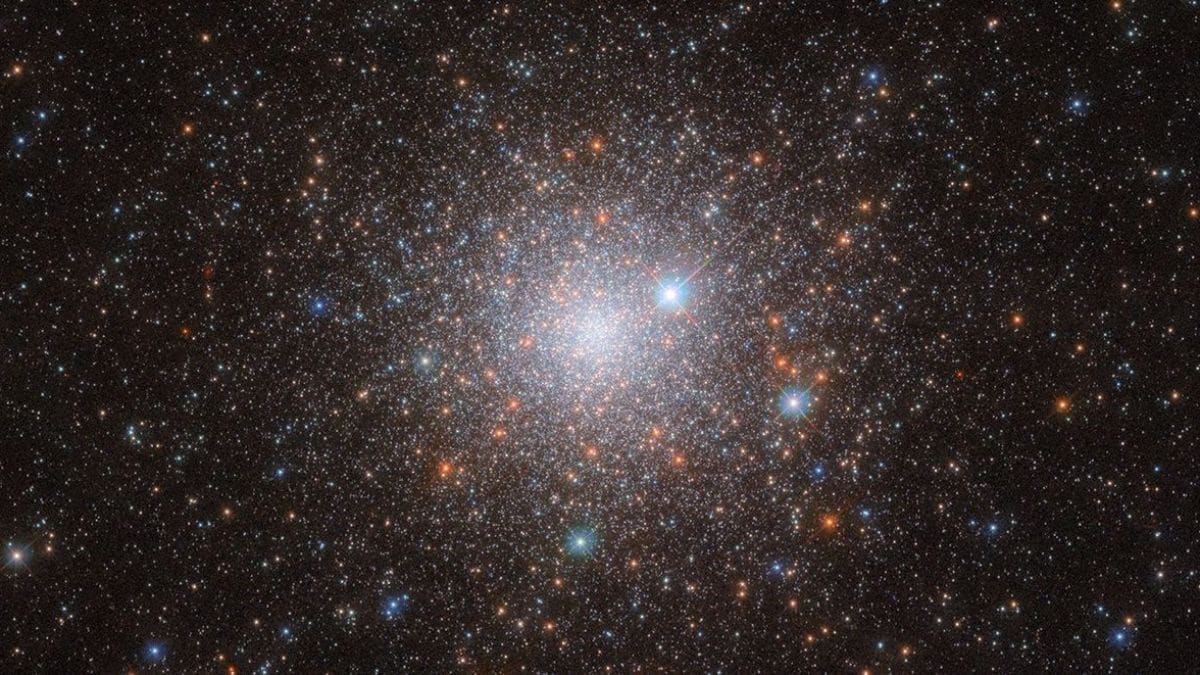NASA/ESA's Hubble Space Telescope has released a striking new picture of the large galaxy cluster Abell 209, 2.8 billion light-years from us in the Cetus constellation. The enormous cluster contains over 100 galaxies held together by gravity, but what is seen is only half the tale. Underneath the shining galaxies is a tangled web of unseen scaffolding—hot, diffuse gas and a vast amount of dark matter. Although invisible, these elements define the universe through their gravitational pull. The strong lenses of Hubble enable scientists to study these invisible elements and the twisted spacetime that they create.
Technological advancement
According to NASA website, the new image was taken with Hubble's Advanced Camera for Surveys (ACS) and Wide Field Camera 3 (WFC3). Twelve exposures taken through different color filters were combined to make the full view. The final picture has a golden glow from dozens of bright elliptical galaxies clustering at the center, along with a few blue spiral galaxies at the edges. , Hubble avoids Earth's blur to make distant galaxies appear pinpoint-sharp . In visible light, the largest galaxies appear as smooth golden orbs, while the spiral galaxies shine a faint blue. Hubble demonstrates a technological brilliance by merging optical and infrared data into one striking cosmic portrait.
Scientific revealations
Hubble scientists say images like this can help answer fundamental questions about dark matter and dark energy. The space between Abell 209's galaxies is laced with X-ray–hot gas and dominated by dark matter. Only about 5% of the cosmos is ordinary matter; roughly 25% is dark matter and 70% is dark energy.
A massive cluster acts like a natural lens: its gravity slightly warps the light from more distant galaxies. In the Hubble image, a few faint background galaxies appear stretched into curved streaks. By measuring these distortions, scientists can map the cluster's total mass (including dark matter). This lets them test theories about how the universe has grown under the influence of dark matter and dark energy.

Comments
Post a Comment